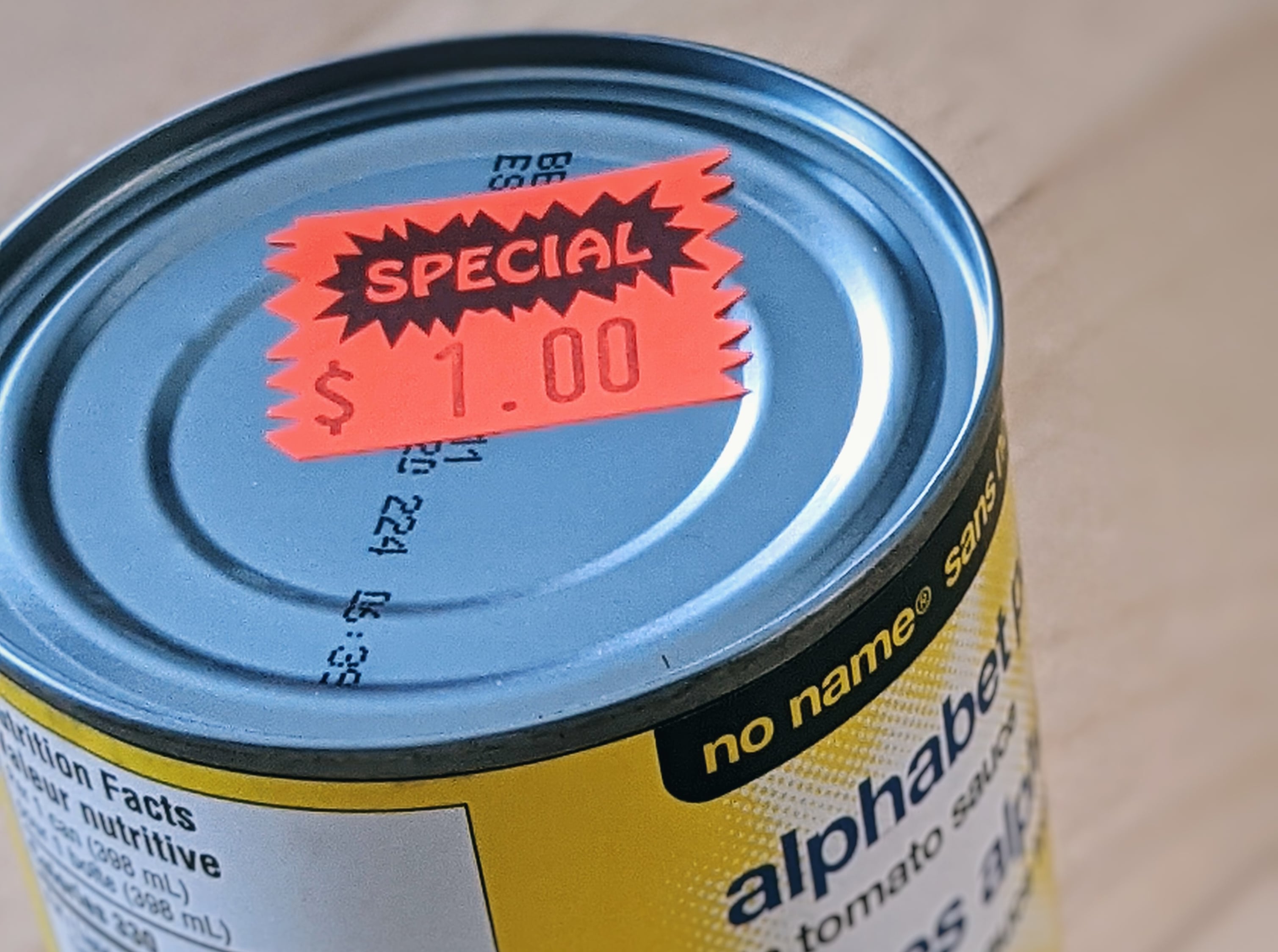Much has been said about wireless’s role in deploying broadband more cheaply. If you’re an operator, this is of immense interest obviously. But there’s a difference between cheap and cost-effective. Tarana is about building a highly effective, affordable broadband wireless access platform for operators.
It’s All About the Business Case
Let’s take an example of what we mean by cheap versus affordable. Many vendors like to tout the commoditization (sometimes called democratization) of wireless chipsets. These savings, so the claim goes, will get passed on to the operators in terms of cheaper gear. Contrast this with the custom system on a chip (SoC) and integrated circuit field programmable gate arrays (FPGAs), and teraflops processing power used in Tarana G1. This is clearly not bargain basement, commoditized wireless. So the question is, how is G1 more affordable than these other offerings?
The promise of G1 is in performance: high spectral efficiency, k=1 channel reuse, longer range, resiliency and high throughput in challenging RF environments. These are trials standard, commoditized chipsets were not designed to meet in an affordable, cost-effective way.
Stories From Our Customers
A Tarana customer recently put this claim to the test. They looked at how many towers would be required to cover a particular town versus a Tarana competitor. According to their exercise, they would need to deploy five towers to get the same coverage as two Tarana G1 towers. Moreover, to get the same number of total subscribers and capacity, ten towers would ultimately be required to Tarana’s two. This is a substantial savings that makes G1 far more affordable at scale than competing solutions.
The image below shows a predictive heat map of the target coverage area showing two towers (Tarana) in dark blue. The additional three towers that would also be necessary for coverage with the other equipment vendor are shown in lighter blue.

Figure 1: 2 Tarana towers providing similar coverage to 5 from a competitor
Not all wireless equipment is created equal and that means the results are not equal either. Better performance can yield a larger coverage area, higher throughput and more reliable links. It can also translate into a lower upfront cost for the operator (capex) and operating savings (opex) directly from fewer towers to operate. This is especially true when the operator is using licensed spectrum (specifically CBRS PALs) where there is a cost for every channel. Anything that can reduce the number of channels required represents direct cost savings.
When G1 was designed, it was able to take a clean sheet approach to broadband wireless access. Rather than try to meet challenges with generic chipsets and wireless technologies designed for other purposes, G1 was built for broadband from the ground up. It shouldn’t be a surprise that G1 requires fewer towers any more than it would be a surprise that a pickup truck is better at towing heavy loads than a sports car. Each is suited to a specific task.
G1’s unique features mean faster deployments, greater range, higher data rates, better performance in NLoS links and interference immunity. This directly translates into an overall lower capex and opex at scale with less equipment and towers to buy and operate.
This kind of result is all thanks to dedicated, super smart engineers doing amazing things with custom silicon, software, and processing designed to do one thing — broadband wireless access — extremely well. The numbers speak for themselves.
If you just can’t wait to learn more, check out our other blogs or some of our favorite customer links. Or reach out to us at info@taranawireless.com. We’d love to hear from you.


